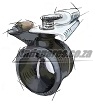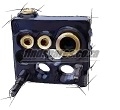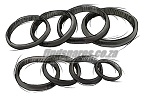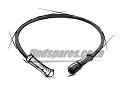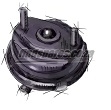Trucks / Brakes
Advertising
What difference is there in brakes on heavy trucks compared to other cars?
Let's start with this as a focus point that brakes on cars and trucks are different. The purpose of the brakes on all vehicles is to stop them. The brakes on cars and trucks operate on the principle of friction. The brakes of cars rely on fluid to pass through the system to work properly.
In this way, the car's brakes are operated by a hydraulic system that relies on this liquid. On the other hand, heavy-duty brakes are operated by compressed air. Buses also use this type of braking system. A major plus when using air is that it never expires like brake fluid.
This means that the braking system for trucks is very reliable, even if there is a small break somewhere in the system, it always works. Most of the new heavy trucks use dual air brake systems, which are not available for cars. Each air brake system has separate controls for the system, and if one system fails or refuses to work for any reason, the other will not be affected and will continue with normal operation.
Braking systems with compressed air in trucks causes a delayed brake. This delay is caused by the time it takes for the air to move in the brake lines and pipes to reach the brake pads, which interact under the force applied to the drum. When the driver presses the brake pedal, you get used to the fact that the air brakes do not work simultaneously and immediately.
Proper start-up of the system is less than a second, so it's not a major problem. Trucks with air brake systems have several tasks. First, it maintains a constant supply of compressed air through the compressor. In addition, the system should direct the required airflow. Finally, it uses the energy of the air pressure changes in mechanical force necessary to stop heavy trucks and vehicles.






















